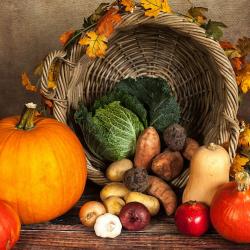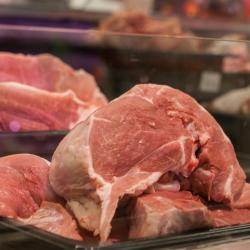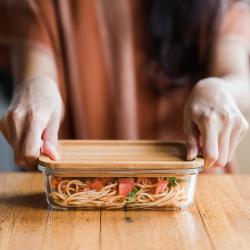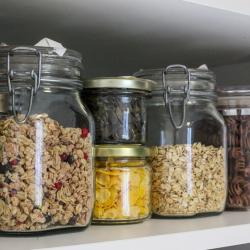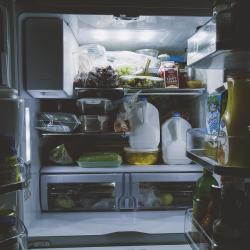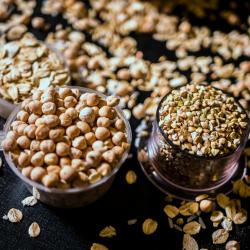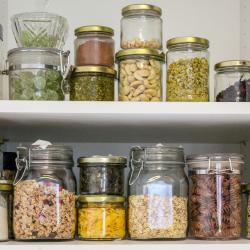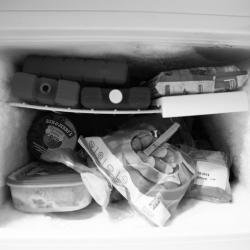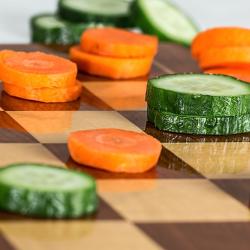The Best Containers for Storing Food and Keeping It Fresh
As more people embrace meal prepping, bulk buying, and sustainable living, the right storage solutions can make all the difference in maintaining food quality and reducing waste. Here, we explore the best containers for storing food and keeping it fresh.
The Importance of Proper Food Storage
Proper food storage is not just about convenience; it plays a vital role in preserving nutritional value, preventing spoilage, and minimizing waste. With the right containers, you can extend the shelf life of your groceries, keep leftovers safe to eat, and ensure your meals taste as fresh as possible.
Key Features to Consider
When choosing containers for food storage, consider the following factors:
-
Material: Containers are available in various materials, including glass, plastic, stainless steel, and silicone. Each has its pros and cons regarding durability, safety, and environmental impact.
-
Sealability: Airtight containers prevent air and moisture from entering, which is essential for keeping food fresh and preventing spoilage.
-
Size and Stackability: Depending on your storage needs and space, opt for containers that are stackable and come in a variety of sizes.
-
Microwave and Freezer Safe: Consider containers that can transition from freezer to microwave, offering versatility for reheating leftovers.
-
Ease of Cleaning: Dishwasher-safe containers save time and ensure thorough sanitation.
Top Container Choices
-
Glass Containers:
- Pros: Glass is non-porous, meaning it won't absorb odors or stains. It's also microwave, dishwasher, and oven safe, making it highly versatile.
- Cons: Heavier than plastic and can break if dropped.
- Best For: Storing acidic foods, reheating meals, and long-term storage.
-
Plastic Containers:
- Pros: Lightweight, often more affordable, and available in various sizes.
- Cons: Can stain or retain odors, and not all plastics are microwave safe. Look for BPA-free options to avoid harmful chemicals.
- Best For: Meal prepping and storing snacks or dry goods.
-
Stainless Steel Containers:
- Pros: Durable, non-reactive, and resistant to odors and stains. They're also eco-friendly and often have airtight seals.
- Cons: Not microwave safe and can be more expensive than plastic.
- Best For: Packing lunches and storing dry or non-acidic foods.
-
Silicone Bags and Containers:
- Pros: Flexible, reusable, and can be used in the microwave and freezer. They’re also lightweight and easy to store.
- Cons: Can be pricier than traditional plastic bags.
- Best For: Freezing fruits, soups, or marinating meats.
-
Vacuum-Sealed Containers:
- Pros: By removing air, these containers significantly extend the freshness of food. They're excellent for meats, cheeses, and delicate produce.
- Cons: Can be more expensive and require a vacuum sealer.
- Best For: Long-term storage and maintaining freshness of perishable items.
Tips for Optimal Food Storage
- Label and Date: Always label containers with the contents and date. This practice helps in managing leftovers and preventing food waste.
- Avoid Overcrowding: Ensure there is enough space in the container for the air to circulate, especially when storing fruits and vegetables.
- Use the Right Size: Use appropriately sized containers to minimize air space, which can lead to faster food spoilage.
Conclusion
Selecting the right containers for food storage is a small investment that pays off in terms of freshness, health, and sustainability. By choosing containers that suit your lifestyle and storage needs, you can enjoy fresher meals, reduce waste, and contribute to a more sustainable future. Whether you prefer the classic durability of glass, the lightweight convenience of plastic, or the eco-friendly nature of stainless steel and silicone, there’s a perfect option for everyone.


